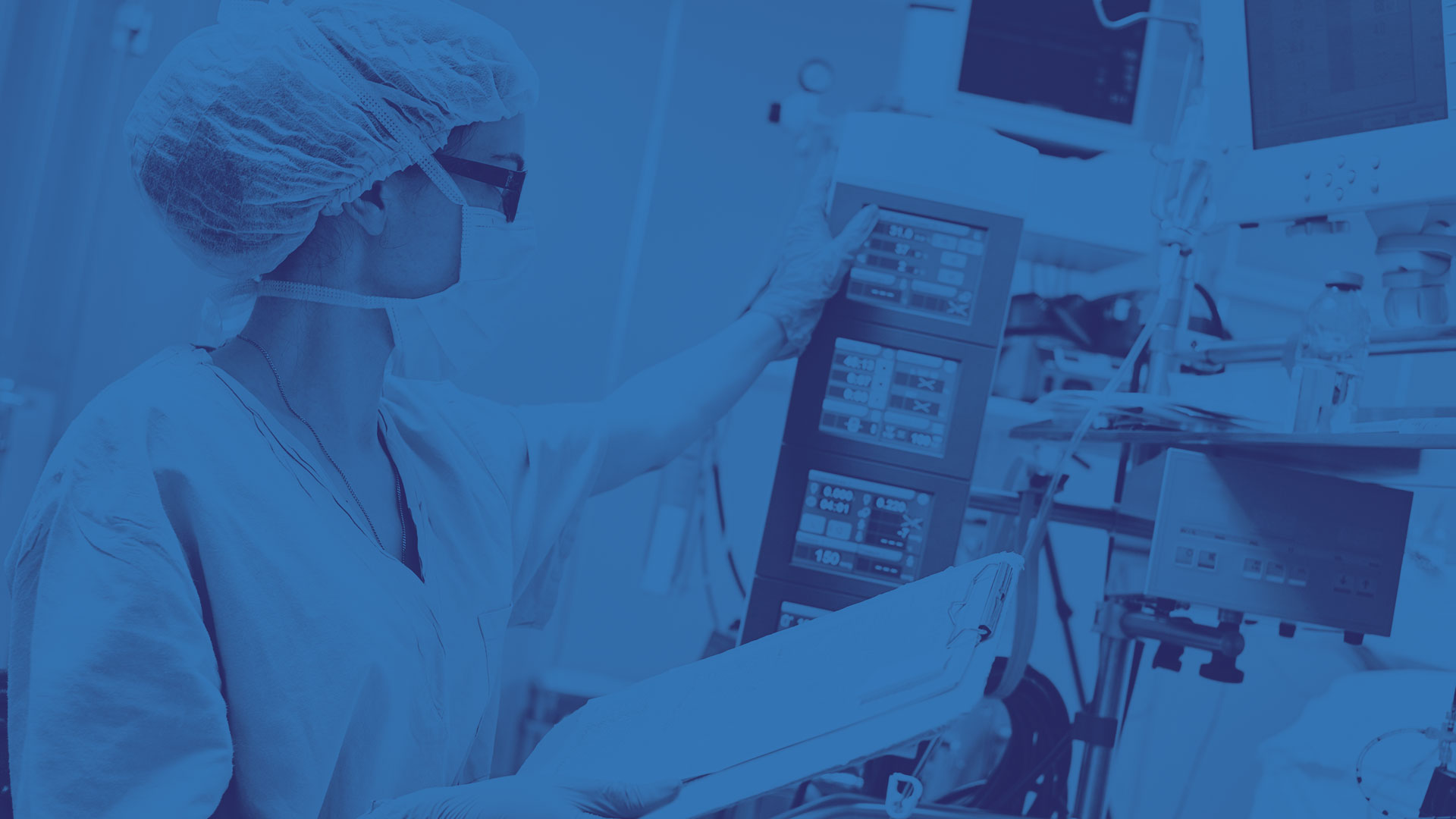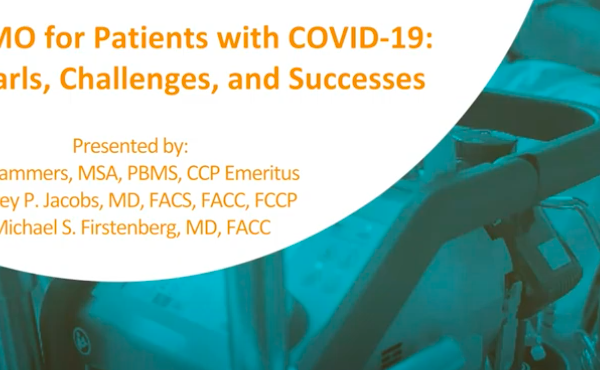Many people are unaware of perfusion’s unique history, which originated in the 1950s and is widely used today. Perfusion has evolved tremendously over the years, and there have been many notable contributions that led to its current success in today’s medicine. Perfusionists are the heart of the operation and meet the needs of 340,000 patients who require open-heart surgery every year.
The Early Years of Perfusion
During the early 1950s, many people were trying to develop heart-lung machines, but Dr. John H. Gibbon was one of the first inventors in conjunction with IBM engineers. His heart-lung machine was very sophisticated for its time, heavy-weighted with various advanced safety features. One of these features was blood volume control, which maintained adequate blood levels that were leaving and entering the patient’s body through the heart-lung machine. It also had a continuous pH monitor to monitor a patient’s blood during operation safely.
Dr. Gibbon attended Thomas Jefferson University in Philadelphia and performed the first operation on a patient using a heart-lung machine in the early 1950s. Gibbon’s first successful surgery with a heart-lung machine was recorded on May 6, 1953, only the second surgery Gibbon had performed. He used this device on an 18-year old with an atrial septal defect (ASD), a hole in the heart between the two chambers. The heart-lung machine allowed Gibbon to keep the patient alive while he repaired the heart. Gibbon used this particular heart-lung machine four times with only one successful operation. After two more patients died, he never operated again.
Although the first heart-lung machine was not hugely successful, it was revolutionary at the time. At one point, many people did not think one could successfully operate on a patient’s heart. Some challenges came with it, including preventing the blood from clotting, clotting it again at the end, and having a pump and oxygenator to pump and oxygenate the blood. Some industries already had pumps available, but the oxygenator was the critical component.
Gibbon later created an oxygenator that used stainless steel sheets for the blood to flow over into a thin coating of a film where it was exposed to oxygen. These film oxygenators were reusable, so they were cleaned and re-sterilized at the end of every operation. Still, from 1951-1953, Gibbon was the only one who completed surgery with the heart-lung machine successfully.
Advancements in Perfusion and Technology
Aside from Gibbon, other inventors were working on advancements in perfusion, including Dr. Mustard at The University of Toronto in Canada. In the early 1950s, he created another oxygenator that used rhesus monkey lungs to pump blood in and out of the patient. He operated on 21 patients with this oxygenator, but only three survived.
Other inventors were pioneering the industry, creating heart-lung machines and inventing new techniques. Dr. Dodrill created an oxygenator, where circular stainless steel discs rotated on a circular axis, and the blood would go over them in a thin film. This rotating disc oxygenator became the oxygenator of that time.
Later on, Dr. Clarence Lillehei started using patients’ parents as a heart-lung machine. He completed 42 surgeries with this technique, and 28 of them were successful. However, it came with a higher mortality risk because one could kill two patients instead of just one if it didn’t work.
Next came the bubble oxygenator, invented by Dr. Lillehei and Richard DeWall. What differentiated this oxygenator from the previous ones was that instead of the blood going on a film over rotating discs, it would collect in a reservoir, and oxygen would bubble up through the blood. However, because you can’t allow air into your blood, he developed a de-foaming chamber to prevent this. This oxygenator was used from the late 1950s until the early 1980s.
Since then, there have been many advancements and improvements to the devices and techniques used today. As a result, cardiac surgeries have become safer and less complicated. The evolution of perfusion has made a significant impact on modern medicine. These notable contributions have decreased patient mortality rates.
About Perfusion Leaders
Perfusion Leaders is a community built for those who provide perfusion services, from the novice student in perfusion school to the experts researching new techniques.





Comments are closed.